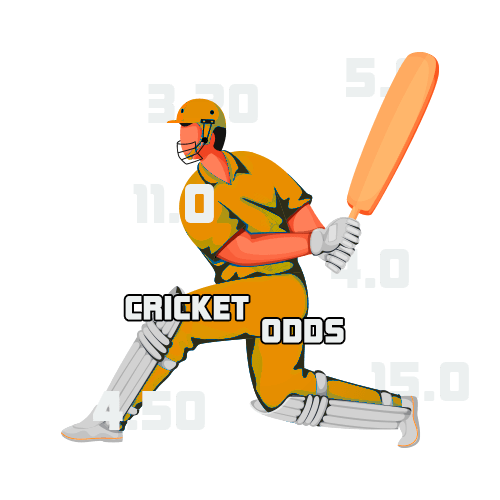Explanation of Betting Odds
Betting odds in cricket are numerical representations of the likelihood of a specific outcome occurring in a match. These odds indicate the potential return that a bettor can receive based on their wager. Understanding betting odds is crucial for making informed betting decisions and maximizing potential profits.
In cricket betting, odds can be displayed in different formats such as fractional, decimal, or moneyline odds. These formats provide bettors with various ways to interpret the probability of an outcome and calculate potential winnings. For instance, if a team has odds of 2.50 in decimal format, it means that for every unit wagered, the bettor could potentially win 2.50 units if the prediction is correct.
Understanding Probability in Cricket Betting
When it comes to cricket betting, understanding probability is crucial for anyone looking to make informed decisions. Probability in this context refers to the likelihood of a particular event happening during a cricket match. By grasping the concept of probability, bettors can assess the potential outcomes of a game and make calculated wagers based on these assessments.
In cricket betting, probability is often expressed in the form of odds. These odds give an indication of how likely a certain event is to occur, such as a team winning a match or a player scoring a certain number of runs. By interpreting these probabilities, bettors can weigh the risks and rewards associated with different betting options, ultimately helping them make more strategic and profitable decisions.
Types of Betting Odds in Cricket
There are three common types of betting odds used in cricket: fractional odds, decimal odds, and moneyline odds. Fractional odds are displayed as a fraction, such as 2/1 or 5/2, representing the potential profit relative to the stake. Decimal odds are the most straightforward, showing the total potential return including the stake. For instance, decimal odds of 3.00 indicate a total payout of three times the wager. Moneyline odds are primarily used in the United States, with positive and negative figures representing the underdog and favorite, respectively.
Each type of betting odds has its pros and cons, depending on the bettor’s familiarity and preference. Understanding how to read and interpret each type can greatly impact the betting experience, helping punters make informed decisions when placing their bets. Whether you prefer the simplicity of decimal odds or the traditional appeal of fractional odds, grasping the nuances of each can give you a competitive edge in the world of cricket betting.
Factors Influencing Betting Odds
Several factors play a crucial role in determining betting odds in cricket matches. One key factor is the team’s form and recent performance, as bookmakers heavily consider a team’s track record before setting the odds. Additionally, changes in team composition, injuries to key players, and weather conditions can also significantly impact the betting odds.
Furthermore, the venue of the match and the pitch conditions are vital factors influencing betting odds in cricket. Different pitches suit different playing styles, and this can affect the outcome of the match. Bookmakers closely analyze these conditions to adjust the odds accordingly, as a team’s performance can vary drastically depending on the playing surface.
Calculating Decimal Odds in Cricket
Decimal odds are one of the most commonly used formats in cricket betting. To calculate decimal odds, you simply divide 100 by the implied probability percentage of an outcome. For example, if a team has odds of 2.50, the calculation would be 100 / 2.50 = 40%. This means the implied probability of that team winning is 40%.
Understanding decimal odds is essential for cricket bettors as it helps in assessing the potential profitability of a bet. The higher the decimal odds, the less likely the outcome is to happen according to the bookmakers. Conversely, lower decimal odds indicate a higher probability of the outcome occurring. By calculating decimal odds, bettors can make more informed decisions when placing their bets in cricket betting.















